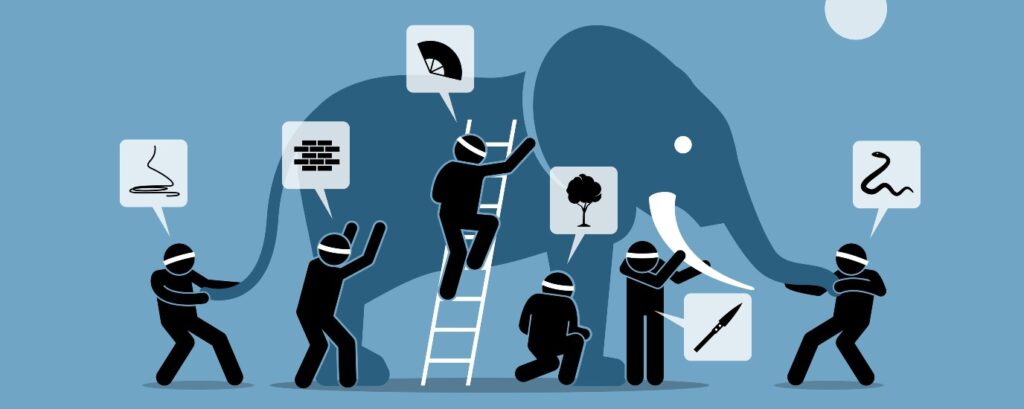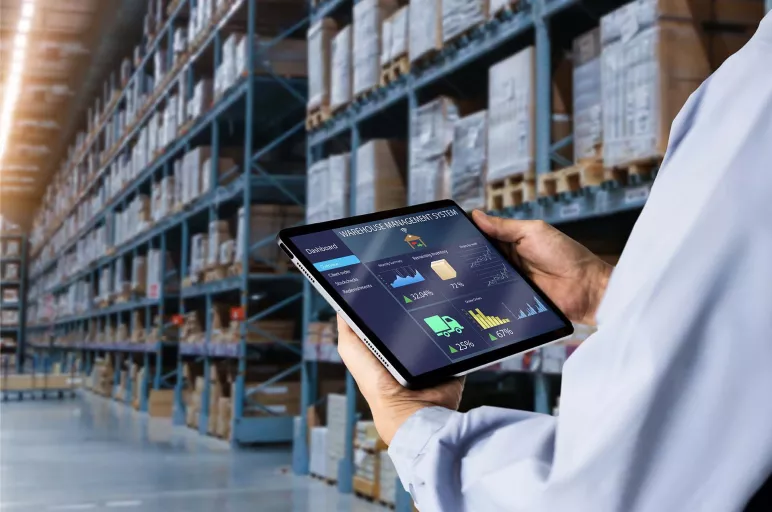Are You Attached to Power BI Type Tools? A Critical Look at Misconceptions in Data Science
4 minute read
In the world of data science, tools such as Power BI and related analysis platforms have gained immense popularity for their ability to create visually appealing and interactive data visualisations. However, there seems to be a misconception among many that these tools are synonymous with data science applications.
In this article, we’ll take a critical look at this notion and shed light on why relying solely on Power BI type tools can be limiting in the realm of true data science.
The Illusion of Data Science
Power BI, Tableau, and similar tools offer users the ability to create stunning visualisations and dashboards with just a few clicks. These platforms provide an array of pre-built templates, drag-and-drop features, and easy-to-use interfaces, making it seem like anyone can be a data scientist with the right tool at hand. However, this ease of use can sometimes create an illusion of depth in data analysis.
Beyond Pretty Plots: The Limitations
While Power BI and similar tools excel at creating visually appealing charts and graphs, they often fall short when it comes to the rigorous analysis and interpretation that define true data science. Here are some limitations to consider:
Lack of Statistical Rigour
Creating a bar chart or a pie chart is just the tip of the iceberg in data analysis. True data science involves applying statistical methods to understand the underlying patterns, correlations, and trends in the data. Power BI, while great for visualisation, does not provide the robust statistical tools needed for in-depth analysis.
Limited Machine Learning Capabilities
Machine learning is a key component of modern data science, enabling predictive modelling, clustering, classification, and more. Power BI’s machine learning capabilities are limited compared to dedicated data science platforms. It offers basic functionalities for simple tasks but lacks the depth and complexity required for advanced machine learning algorithms.
Dependency on Pre-Structured Data
Power BI works best with structured and pre-processed data. It thrives on clean datasets that are ready for visualisation. However, in real-world data science projects, data is often messy, unstructured, and requires extensive cleaning and preprocessing before analysis. Power BI’s limitations become apparent when dealing with such raw data.
Lack of Customisation and Flexibility
While Power BI provides a range of templates and visualisation options, it can be limiting for users who require customised and highly specific visualisations. Data scientists often need to dive deep into the code to customise plots and visualisations, something that Power BI does not offer to the same extent.
The Danger of Dependency
The misconception that Power BI type tools are synonymous with data science can lead to a dangerous dependency. Users may become attached to the ease of use and visually appealing outputs without truly understanding the underlying data or conducting thorough analysis. This can result in misleading interpretations and flawed decision-making based on superficial insights.

Embracing True Data Science
It’s important to recognise that Power BI and similar tools have their place in data analysis workflows. They are fantastic for creating quick and visually impactful reports for stakeholders and decision-makers. However, they should be seen as just one tool in the data science toolkit, not the entire toolbox.
The Path to True Data Science
To truly harness the power of data science, one must go beyond Power BI type tools and embrace:
◎ Advanced Statistical Analysis: Use dedicated statistical software or programming languages like R and Python to perform rigorous statistical analysis.
◎ Machine Learning Platforms: Explore platforms like TensorFlow, scikit-learn, or PyTorch for advanced machine learning tasks.
◎ Data Wrangling and Preprocessing: Learn how to clean, transform, and preprocess data using tools like pandas and dplyr.
◎ Custom Visualisation Libraries: Dive into custom visualisation libraries like Matplotlib and ggplot2 for highly tailored plots and charts.
Conclusion: Beyond the Plots
In conclusion, while Power BI and similar tools are valuable for creating eye-catching visualisations, they should not be mistaken for true data science applications. They offer a glimpse into the world of data analysis but fall short in providing the depth and complexity required for advanced data science tasks. To truly unlock the potential of data, one must be willing to dive deeper, embrace statistical rigour, and explore the vast landscape of tools and techniques available in the realm of true data science. So, are you attached to Power BI type tools? It may be time to expand your horizons and embark on a journey towards true data science mastery.
Ready to Transform Your Business?
Take the first step towards unlocking your business’s full potential. Contact us today to explore how our data science services can propel your organisation towards new heights of success.






